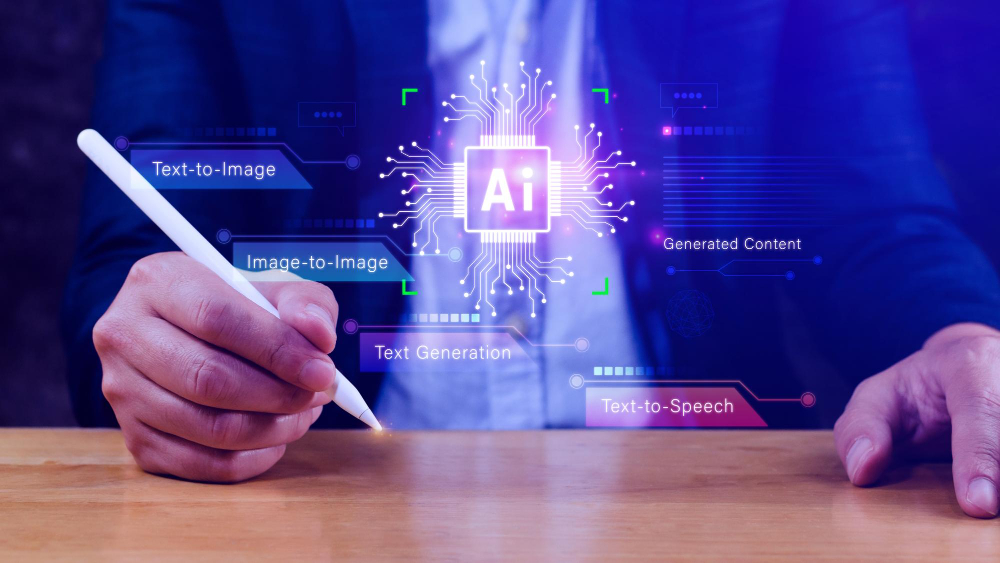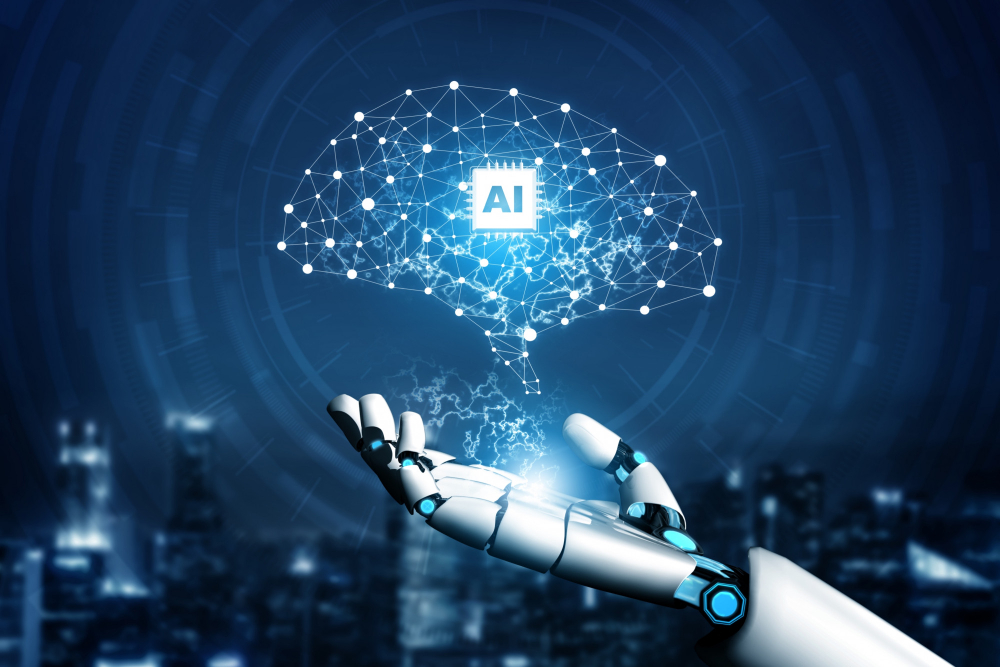In today’s rapidly changing digital landscape, industries across the board are undergoing substantial shifts, and the insurance sector is no exception. Automation and artificial intelligence (AI) have evolved from futuristic concepts into integral components of the present, fundamentally altering core processes and customer interactions within various industries. This transformation is a result of a broader discussion among experts in the field, shedding light on the profound impact of these technologies and offering a glimpse into the future.
Moving Beyond Basic Automation
In the past, automation was predominantly associated with robotic process automation (RPA), mainly focusing on the automation of specific, isolated tasks. During this initial phase, automation was often considered a one-size-fits-all solution, primarily targeting simpler tasks.
However, a significant shift occurred around a certain point in time. Rising operational costs, driven by workforce changes and societal shifts, prompted a reevaluation of automation’s role. Automation is now being leveraged for two key objectives: achieving cost efficiency and enhancing the customer experience. Efficiency goals have evolved from modest targets of 8-12% to more ambitious ones, reaching 15-20%. This shift highlights the growing emphasis on collaboration between humans and AI in strategic decision-making.
Boosting Efficiency and Growth through AI Integration
One organization embarked on its automation journey by initially automating routine and repetitive tasks. Over time, this initiative expanded to incorporate AI to further optimize its operations.
Challenges such as workforce turnover during significant shifts prompted the organization to embrace AI-driven automation, resulting in profound transformations. Notable achievements included:
- Implementing AI and machine learning to interpret various templates, resulting in substantial annual savings.
- Achieving complete automation of complex data entry tasks and ensuring real-time updates.
- Streamlining and automating email processes frees up substantial manpower hours.
Transitioning from Initial Adoption to Widespread Implementation
At the outset, the organization used basic automation in specific areas as a foundation. This phase served as both a testing ground for operational adjustments and a proof of concept to secure essential investments.
With secure financial backing, the organization expanded its automation program, aiming to increase the volume and diversity of automated tasks. Automation was no longer viewed as a mere tool but rather a pivotal enabler, evolving into a genuine business partner.
Automation was not limited to manual labor but aimed to enhance decision-making processes within the company. Advanced algorithms analyzed vast datasets, providing valuable insights for strategic planning and operational efficiency.
Furthermore, the organization emphasized simplifying existing workflows, especially in intricate areas like data management. Automation played a crucial role in handling extensive datasets and facilitating complex processes such as mergers and acquisitions (M&As). This strategic use of automation allowed the organization to make informed and timely decisions, gaining a competitive advantage in M&As.
The Era of AI-Powered Automation as the New Norm
Whether simplifying routine tasks or managing complex operations, automation and AI have shifted from optional enhancements to essential elements of operations across various industries.
As industries progress, the ability to embrace and master these transformative technologies will determine not only success but also survival. The insights from industry experts underscore the significance and urgency of this digital transformation.


